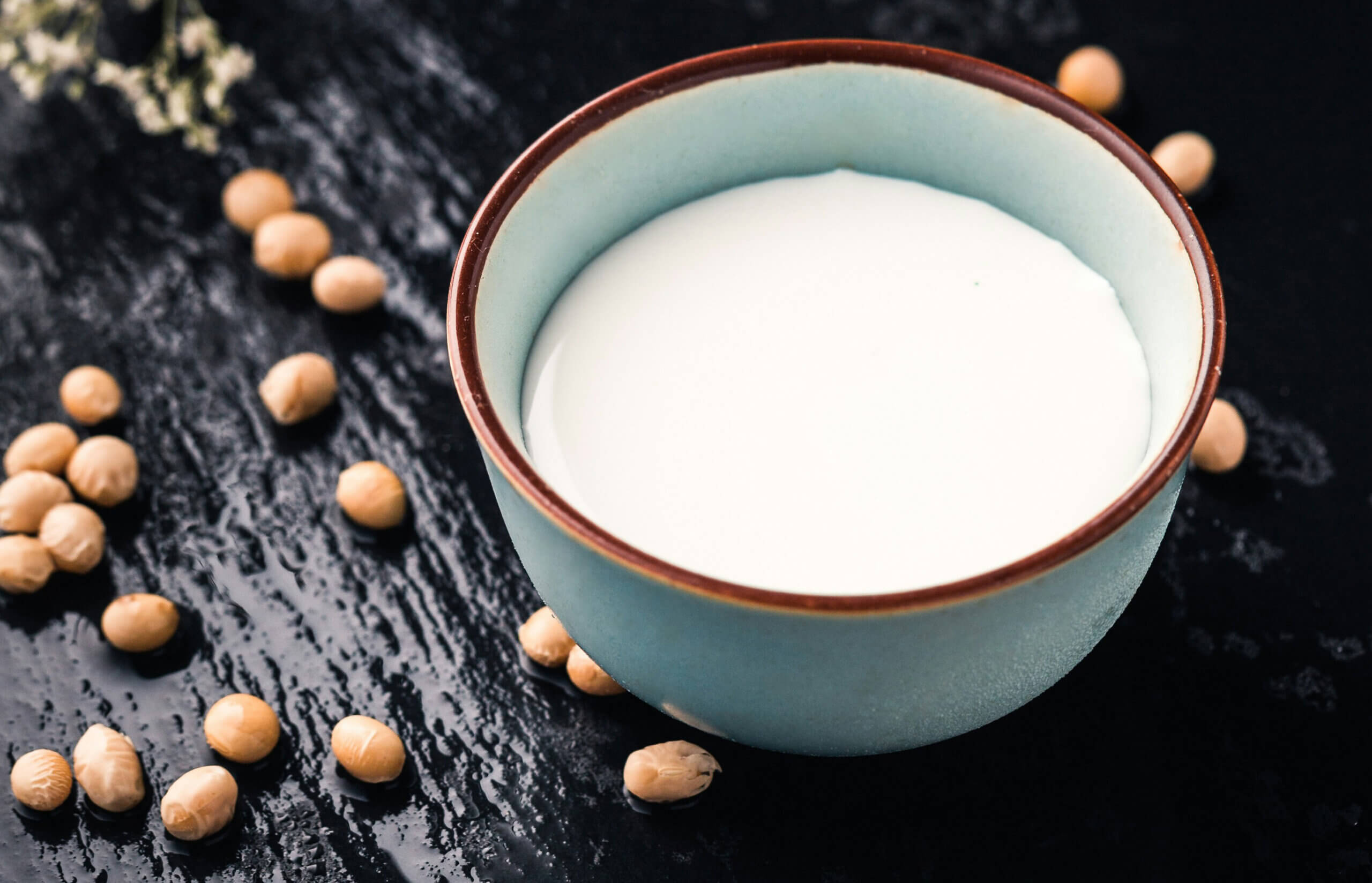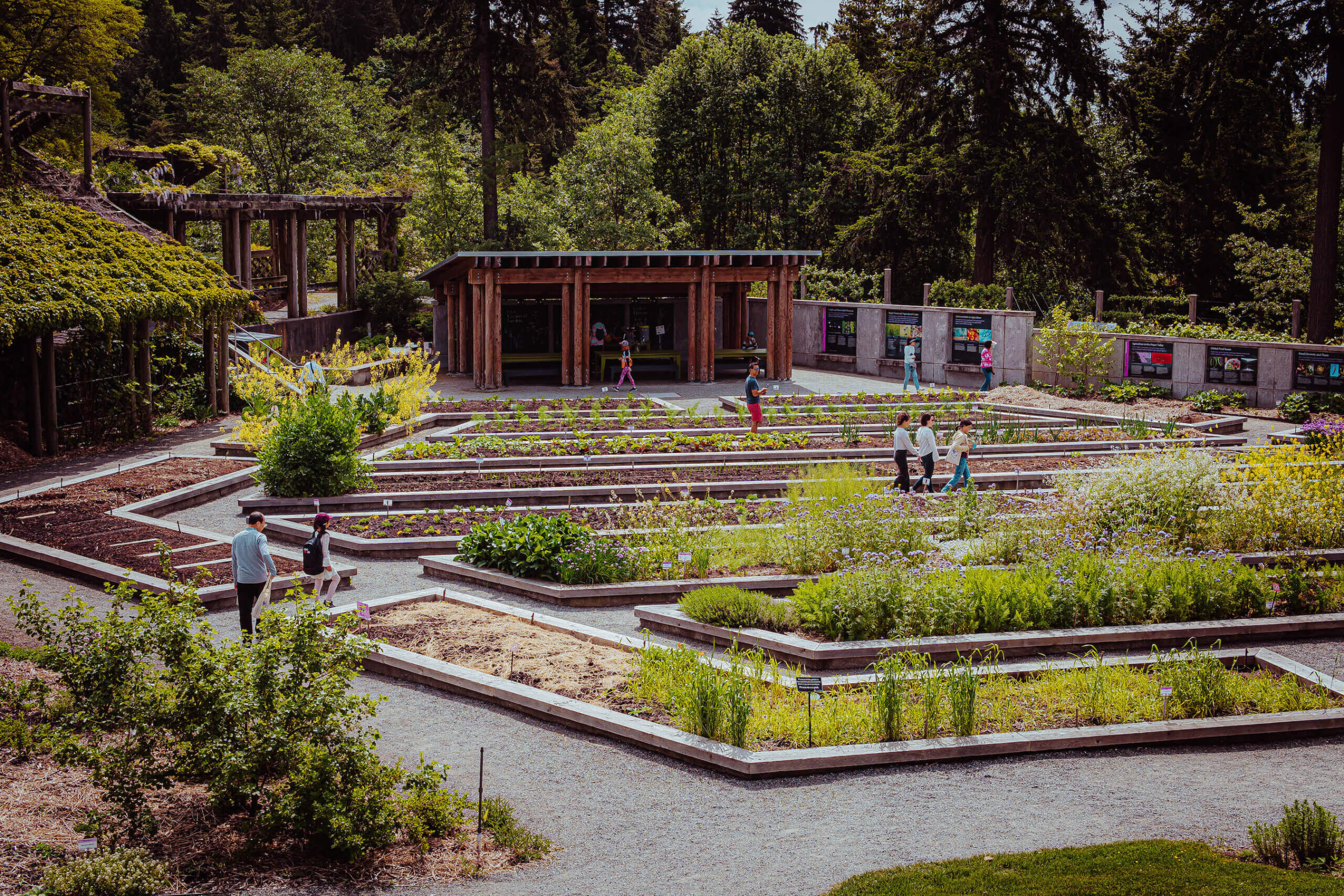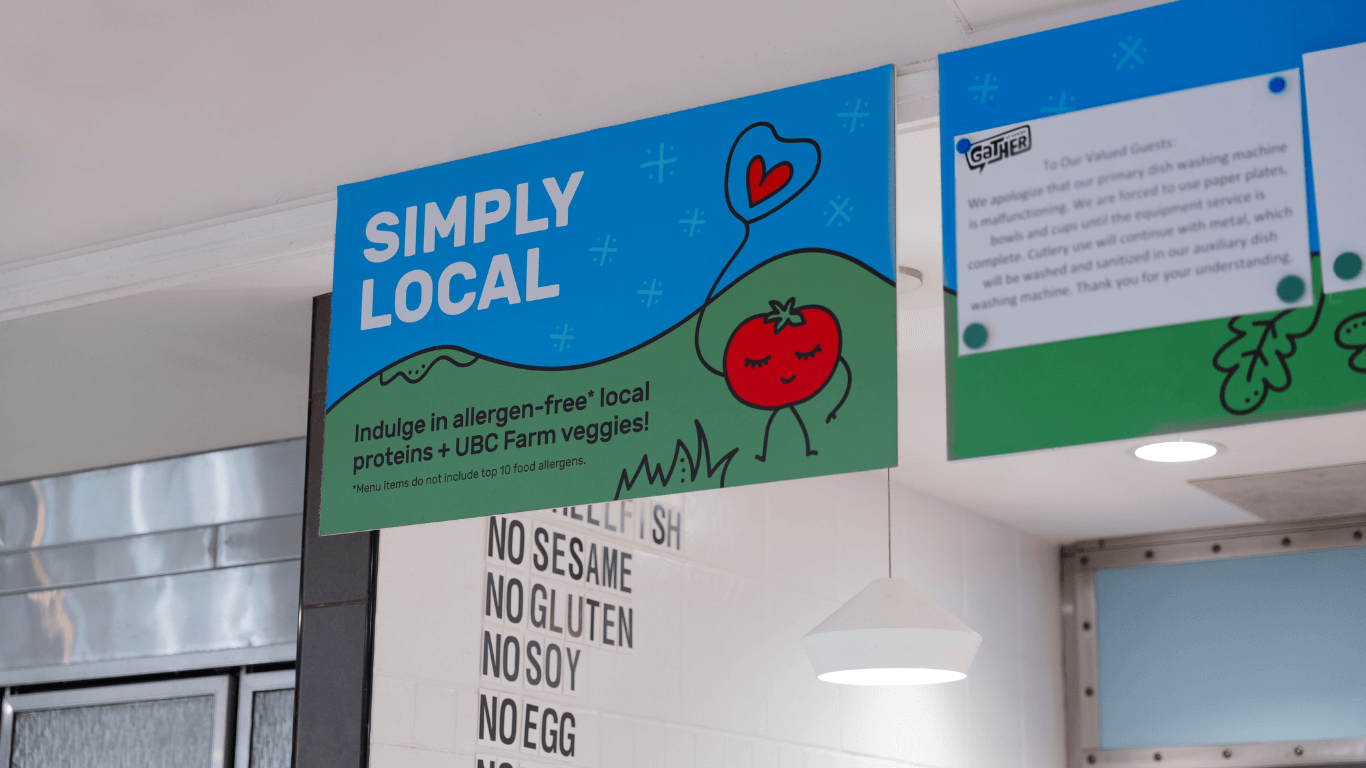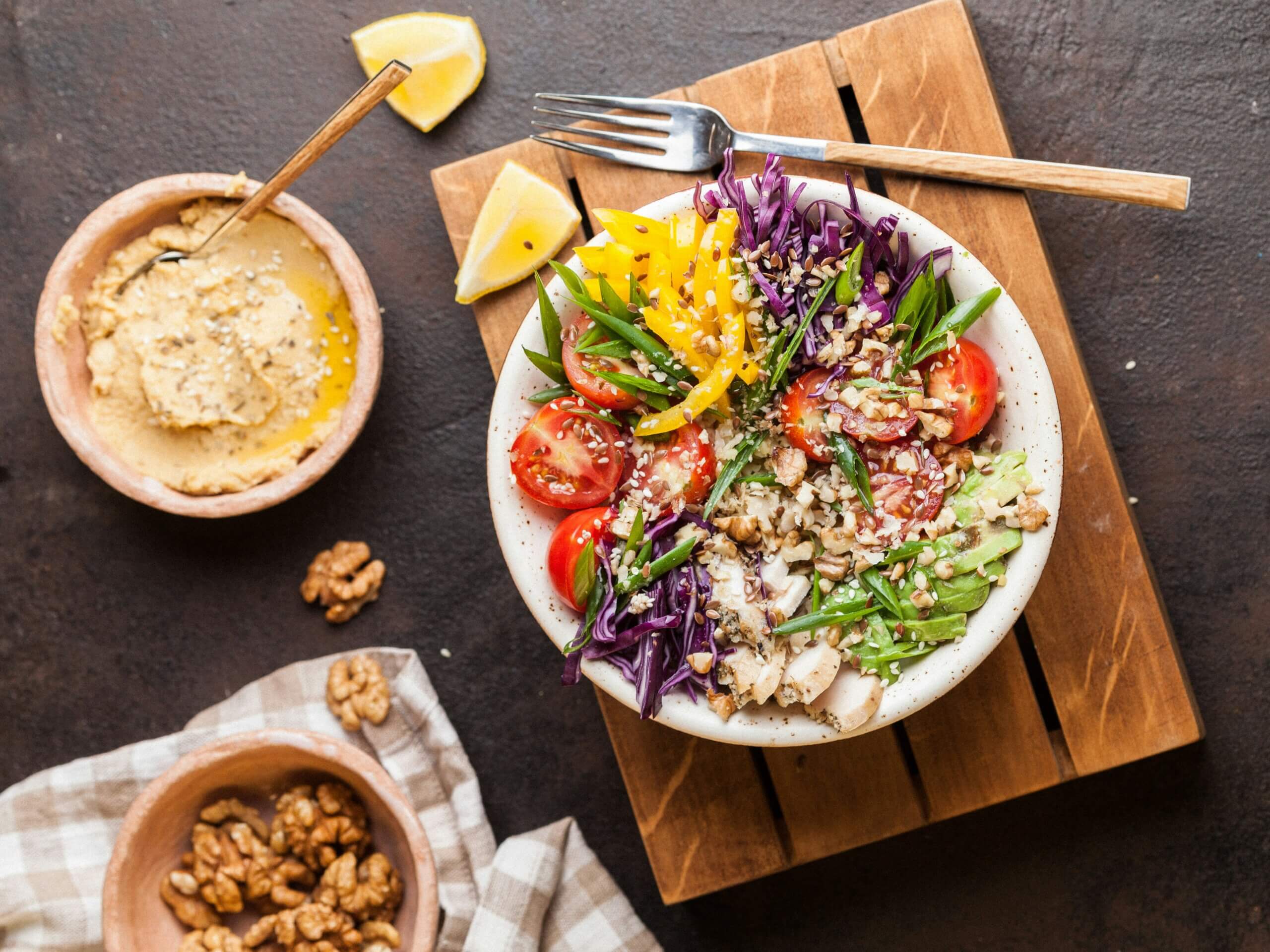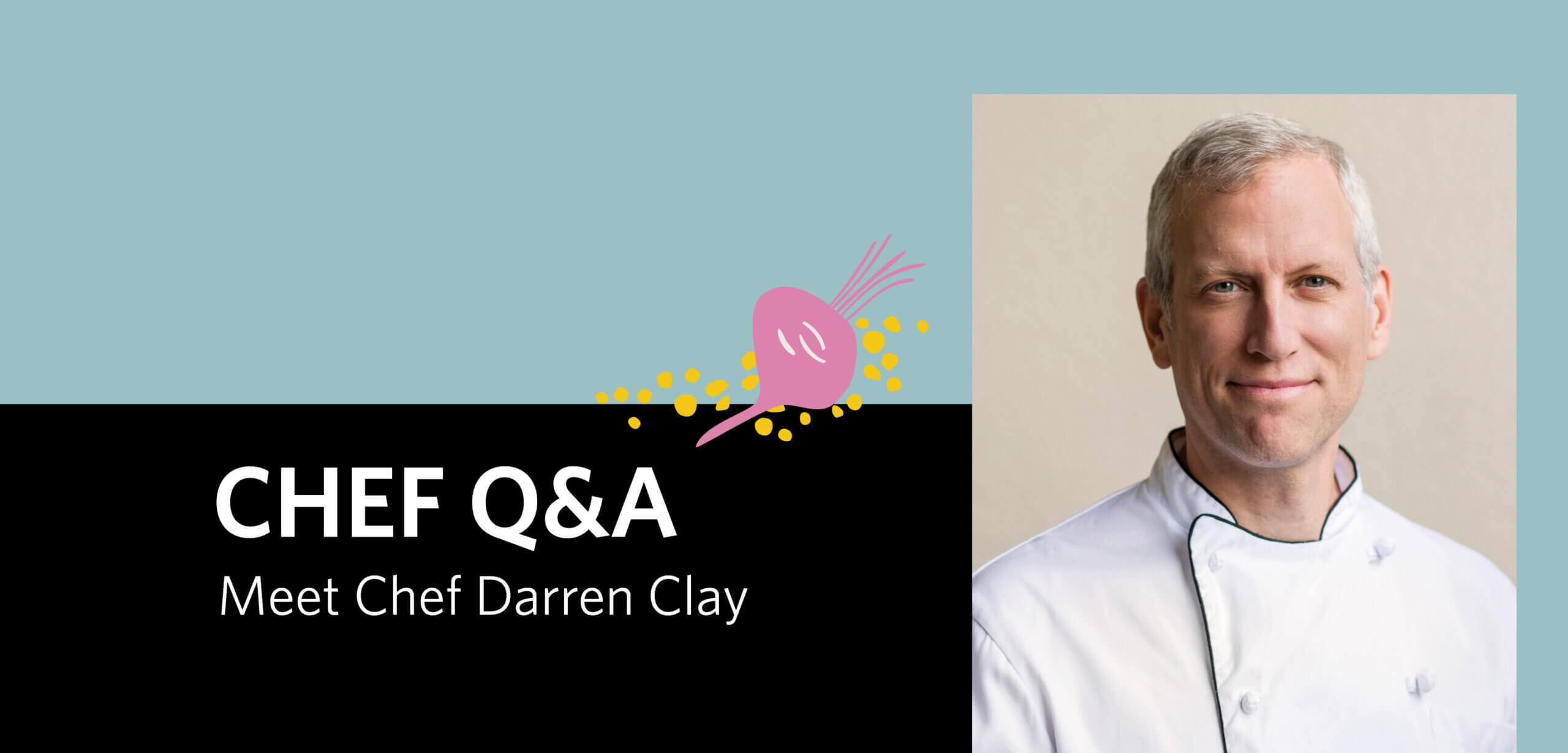Recovering from a broken bone or being able to move your fingers is all thanks to a nutrient called calcium. Calcium plays a huge role in the human body and it’s important to consume enough of it. But how much calcium do you need? What if you’re lactose intolerant or simply don’t like the taste of dairy products? This article will tell you all about calcium and how you can get it into your diet.
But First, What is Calcium?
Calcium is an essential mineral that your body needs in order to maintain the structure of your bones. You are constantly building bone mass density until around the age of 25, which is when your body hits its peak! This process slows down till around our midlife where instead of gaining, you begin to lose bone density. Making sure to get enough calcium ensures that your bones and teeth can stay strong and durable for daily life. While you may only associate calcium with bone health, calcium also plays a role in maintaining muscle movement, blood pressure, and nerve function!
How Much Calcium Do We Need?
In general, it’s good to aim for 2-3 servings of calcium per day, with each serving being around 300 mg of calcium. A serving could be one cup of milk or fortified plant-based milk, one cup of spinach, or ¾ a cup of yogurt. For the exact recommended amounts based on age and assigned sex at birth, here’s a handy chart:
| Age Group | Recommended per day | Maximum per day |
| 9 - 18 years* | 1300 mg | 3000 mg |
| 19 - 50 years* | 1000 mg | 2500 mg |
| 51 - 70 years (Men) | 1000 mg | 2500 mg |
| 51 - 70 years (Women) | 1200 mg | 2500 mg |
| >70 years | 1200 mg | 2000 mg |
| *Includes those who are breastfeeding or pregnant. | ||
Make sure to get enough vitamin D, as it helps your body to absorb calcium.
What are Sources of Calcium?
We typically associate calcium with dairy products but there are plenty of other non-dairy dietary sources of calcium. Here are some sources and the amount of calcium they contain. Note that these are just approximates.
| Dairy Products | Estimated Calcium Content (mg) |
| Milk - whole, 1%, 2%, skim, chocolate (250 mL or 1 cup) | 300 mg |
| Powdered milk (24g or 4 Tbsp) | 300 mg |
| Yogurt, plain (175g or ¾ cup) | 300 - 325 mg |
| Cheese, cheddar, mozzarella, gouda (50 g) | 250 - 350 mg |
| Non-Dairy Sources | Estimated Calcium Content (mg) |
| Salmon, canned with bones (75 g or 2 ½ oz) | 160 - 210 mg |
| Beans - baked, canned (175 mL or ¾ cup) | 95 mg |
| Tofu, firm to medium firm, fortified with calcium (150 g or ¾ cup) | 300 mg |
| Tahini & sesame seed butter (2 Tbsp) | 130 mg |
| Almonds, dry roasted (60 mL) | 94 mg |
| Broccoli, cooked (250 mL or 1 cup) | 64 mg |
| Broccoli, raw (250 mL or 1 cup) | 44 mg |
| Kale, frozen, cooked (250 mL or 1 cup) | 190 mg |
| Kale, raw (250 mL or 1 cup) | 106 mg |
| Spinach, frozen, cooked (250 mL or 1 cup) | 300 mg |
| Spinach, raw (250 mL or 1 cup) | 30 mg |
| Soy or rice beverages, fortified (250 mL or 1 cup) | 315 mg |
| Orange juice, fortified (250 ml or 1 cup) | 310 mg |
Takeaway
Your body needs a certain daily amount of calcium in order to maintain itself. Getting enough calcium can be hard sometimes, but there are many sources of calcium and all are equally nutritious, whether as dairy or non-dairy products. It’s good to incorporate a variety of these calcium-rich foods into your diet and to enjoy eating them! Some simple meal and snack ideas that are calcium rich are black bean soup, overnight oats, and parfaits.
